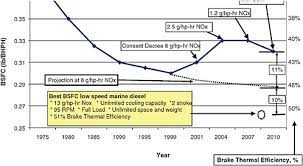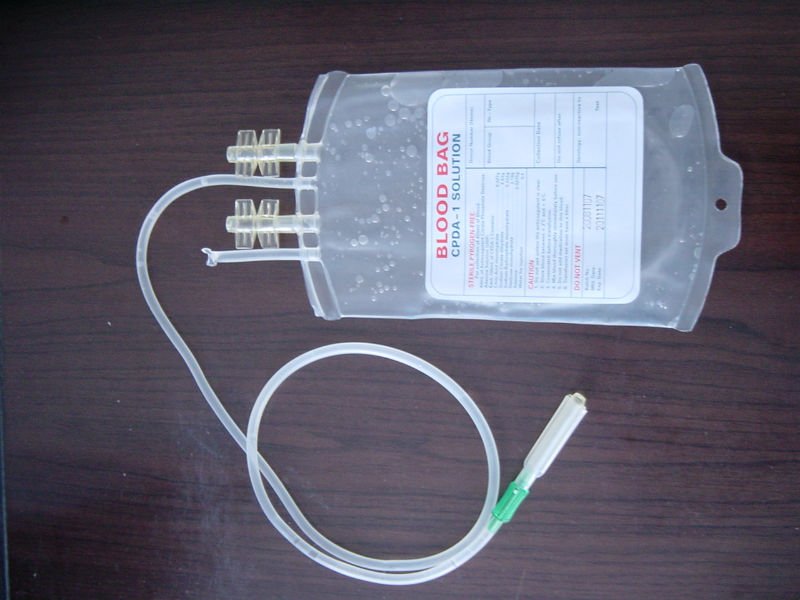Santa Monica and 10 other cities and counties have taken bold strides to reduce their
environmental impact by banning plastic bags, but other municipalities need to step up their game.
That was the message put forth by Mayor Richard Bloom and Environment California, a nonprofit group dedicated to protecting California’s air, water and open spaces.
Environment California released a report Friday noting the devastation wreaked by single-use plastic bags both on the environment and on the economy, and praising the 80 nations and localities that have banned the bags worldwide.
According to the report, the average square mile of ocean contains 46,000 pieces of floating plastic, which hurts wildlife like sea turtles that mistake the stuff for food.
The plastic also litters beaches and stream beds, and can take over 100 years to decompose.
In California alone, 16 billion plastic bags get used each year. Less than 5 percent of bags are recycled, and the rest go into landfills, litter the streets and beaches, clog streams or find their way out to sea, according to the report.
The presence of the bags impacts people in more ways than we imagine.
Plastic pollution costs developing and industrialized nations up to $1.3 billion annually, primarily by threatening the fishing, shipping and tourism industries, according to the report.
Although an increasing number of cities, counties and countries across the state and world have taken steps to eliminate single-use plastic bags, there’s one major holdout, said Anne Ohliger, the Los Angeles citizen outreach director for Environment California.
“Los Angeles needs to join cities and counties all over the world to save the ocean for future generations,” she said.
L.A., a city of 4 million people, has not yet banned plastic bags, despite a ban in the unincorporated parts of Los Angeles County and municipalities like Santa Monica and, recently, a court-approved ban in Manhattan Beach.
That is a major problem for Santa Monica, which is at the end of the trash pipeline from the huge metropolis, Bloom said.
“We can model good behavior here, but when everyone is moving forward, that’s when change happens,” Bloom said.
Heal the Bay, a local nonprofit that fights to improve the health of the oceans, coordinates 400 beach and creek cleanups each year to strike back against the litter of plastic bags and Styrofoam.
This report demonstrates the momentum that’s growing behind the ban movement, which will help with the cleanup and conservation efforts, said Kirsten James, water quality director with Heal the Bay.
“It really highlights the fact that the community acknowledges that change needs to happen,” James said.
The plastics industry hasn’t made it easy on cities looking for reform.
The California Supreme Court only last week shot down a lawsuit from the group Save the Plastic Bag, which targeted Manhattan Beach’s effort.
The suit attempted to force the city to perform an expensive and extensive environmental impact report before allowing it to proceed with the ban.
Santa Monica not only completed the full analysis of the proposal, it participated in a master study to help other cities proceed with their bans without fear of litigation.
Santa Monica’s ban will come into full effect Sept. 1, although it technically went on the books in March. Council members felt that it would be appropriate to give an extra six months to grocery stores, pharmacies and other affected businesses to burn through their supply.
In September, however, plastic bags will not be available in most locations, with the exception of produce bags, which tend not to contribute to rampant litter said Dean Kubani, director of the Office of Sustainability and the Environment.
When Santa Monica first began discussing the ban, which was passed this year and will be enforced in September, there was sabre-rattling from pro-bag groups, but nothing materialized, Bloom said.
“They know they’re not going to make an impression here,” Bloom said.
Source : www.smdp.com






